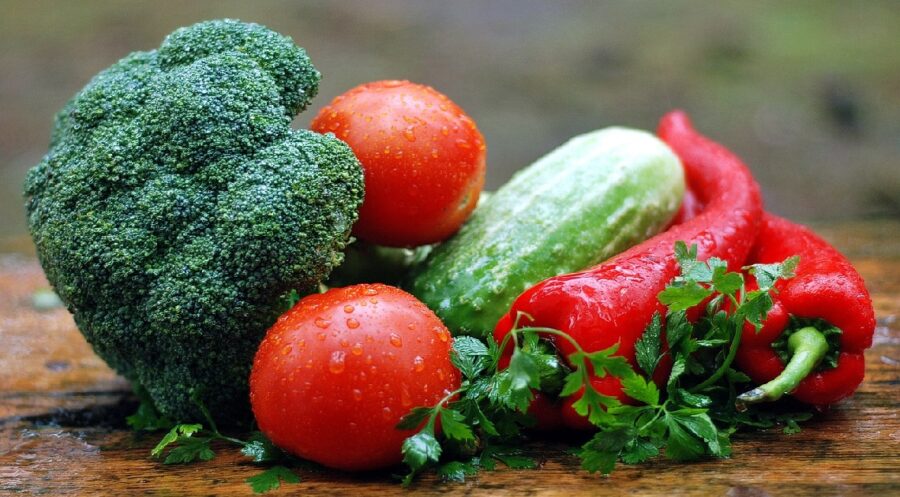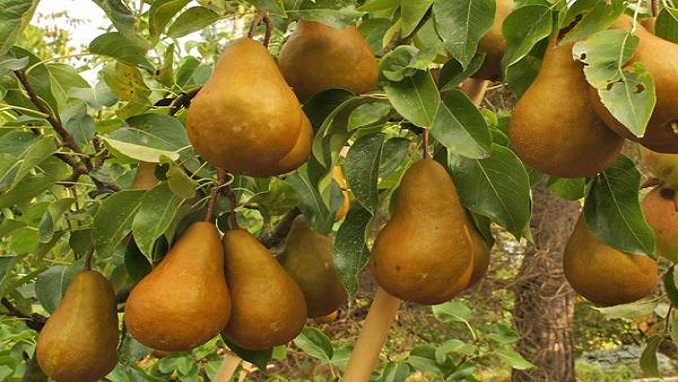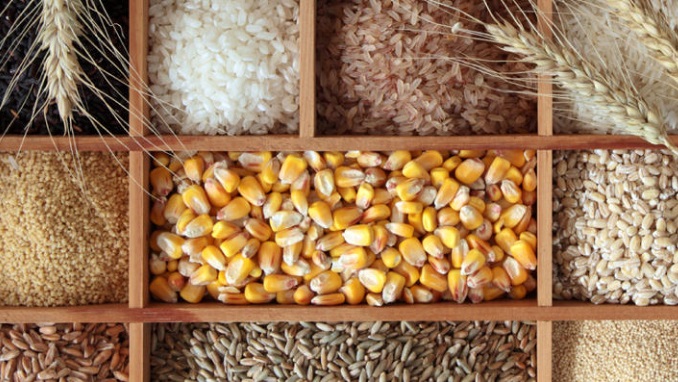In August 2022, UN WFP conducted a mobile vulnerability survey, which found that 21% of the population experienced food insecurity, ReliefWeb states.
The province of Jalal-Abad and Osh city had the greatest percentages of people experiencing food insecurity (both at 33%). (30 percent).
More households may turn to food and asset depletion coping strategies as a result of high inflation and rising poverty levels brought on by the food crisis, particularly in southern provinces where livelihoods are especially precarious due to high reliance on remittances from the Russian Federation and border conflicts.
However, compared to the prior year, there are some encouraging signs in the agriculture sector, including some advancements in the production and availability of socially significant food items.
According to the Ministry of Agriculture (MoA), between the period January-September 2022, the self-sufficiency of staple foods improved by 20% for bread products, 103% for potatoes, 68% for vegetables, 35% for meat, 24% for milk and dairy products, 14% for sugar, and 15% for vegetable oil (due to the increase in local production).
Despite the difficulties in recovering from the COVID-19 pandemic and the world food crises, the Gross Domestic Product (GDP) of Kyrgyzstan increased by 7.2 percent from January to September 2022 compared to the same period in the previous year, contributing a net 597 billion Kyrgyz Soms (USD 7.3 billion) to the economy.
The expansion of the service and industrial sectors was primarily responsible for this rise. On the other hand, compared to September 2021, annual inflation jumped to 15.5 percent (NBKR) in September 2022, making it one of the highest rates in the EAEU. The Kyrgyz Republic’s domestic food price inflation is still very significant.
When compared to the same period in 2021, the Consumer Price Index (CPI) for staple goods increased by 18% from January to September 2022. According to estimates, the CPI for gasoline and lubricants rose by 36%. This increase in the cost of transportation then had an impact on all other prices.
Inflation and rising food and gasoline costs are reducing the most needy people’s ability to afford a healthy diet.
Wheat and sugar export restrictions were lifted when they ran their course in Kazakhstan in October 2022. In the Russian Federation, a record wheat crop is anticipated in 2022. However, the Russian Federation continues to export the same quantity of wheat as in 2021, despite the increased production and the seasonal peak in sales, which typically occurs in July and August.



